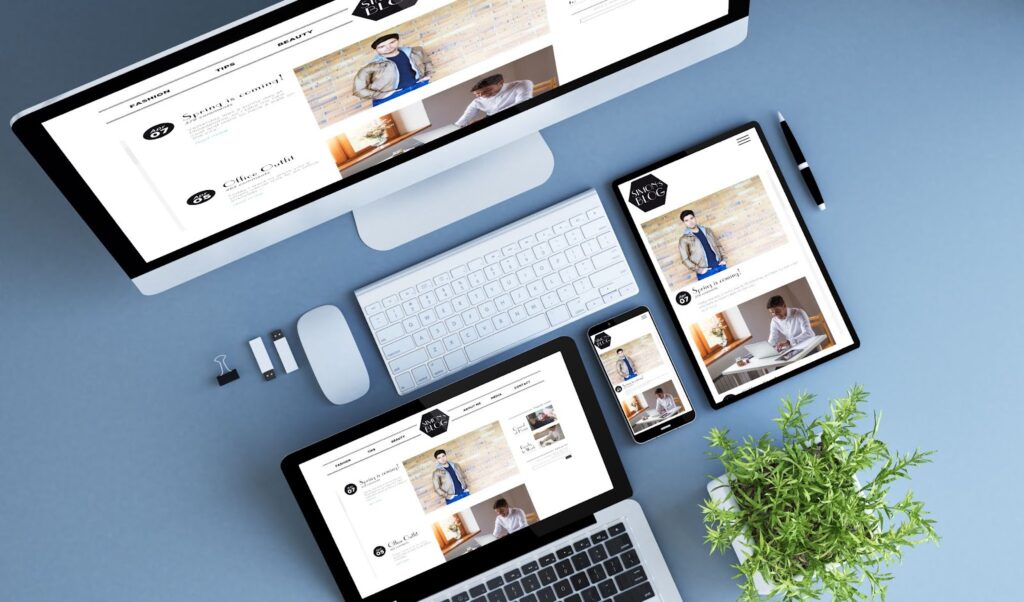
As the world shifts to online shopping increasingly taking lead over traditional brick and mortar stores, the face of e-commerce web design continues to morph to keep up with current consumer trends. Now a site looking good is not sufficient. In the cut-throat world of online trading, e-commerce platforms must ensure that they can convert, are super- fast and can provide engaging user experiences that simply keep the users ‘up’ for shopping. The next phase in e-commerce design isn’t just about what looks cool — it’s about strategy, about exceeding potential.
Why Conversions Come First
Conversions are the lifeblood of an e-commerce business. Every aspect of how you design your website (from your products pages to your call to action buttons) has a direct impact on whether a visitor becomes a customer. The next generation in e-commerce design has its feet in highly data-driven direction. Designers are relying more on A/B testing, behavioral analytics and UX hotmaps to see how people use websites. This observation refines aesthetic design elements that not only look good, but smoothly moves the user towards the checkout. Less is more, logical navigation that is naturally acquired, as well as compelling micro-interactions are shaping up to be the part of widening the conversion funnel.
Speed is the New Currency
In the world of e-commerce, where speed is money. We know from multiple tests that a one-second delay in load time significantly reduces conversions. So it’s natural that the future of e-commerce design is intertwined with performance tuning. Tidy code, compressed images, server side rendering and high-performing content delivery networks are becoming an indispensable part of a new online store. With technologies like Progressive Web Apps (PWAs), e-commerce websites can now work faster, even on slow connections. With Google’s Core Web Vitals emerging as a major ranking factor, site speed is no longer just a backend issue — it’s a primary design focus.
Cross-Device User Experience With no Handover Between Devices
The ascendancy of mobile commerce is reshaping the way e-commerce platforms tackle user experience. Soon responsive design wont be a feature — it will be a requirement. Shoppers want to receive a similar experience even when they’re navigating from a smartphone, a tablet, or a desktop. That means, personal product recommendations, dynamic content loading, and streamlined checkouts tailored for smaller screens. It’s not just about energy efficient devices, but we’re entering an age where if your interfaces aren’t learning how the user behaviour to better adapt to them, maybe it won’t sell.
Trust and Transparency by Design
The pixels will have to tell the story of transparency and security on the commerce sites of the future. Transparent returns policy, familiar payment gateways, trust seals, and straight forward web design price model will all be baked right into the design process. Then it continues to emphasize the role of user-generated content – reviews, ratings, and customer photos – as powerful means of driving trust and credibility.
Personalization and AI:
Personalization is the new paradigm in e-commerce. And in the online shopping aisles of the future, those e-commerce websites will use customer information to customize the journey — from the point of arrival to point of purchase — to offer not just what preceding customers wanted but to anticipate what they will need next. Real-time, targeted inventory updates, pricing on the fly based on user behavior, and automated support chat-bots will all be factors as we create intelligent design ecosystems that feel tailored specifically to each visitor.
Conclusion
The future of E-commerce web design is a blend of beauty and functionality. As user demands change and technology evolves, the e-commerce brands putting money into smart, seamless, and strategic design are the ones who continue to stay a step ahead of the curve – and more importantly, a step ahead of the competition.

